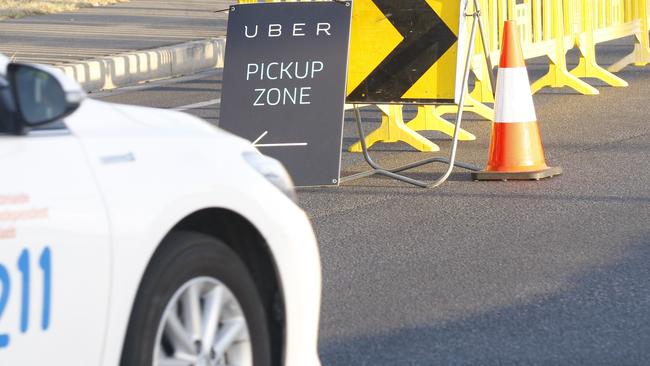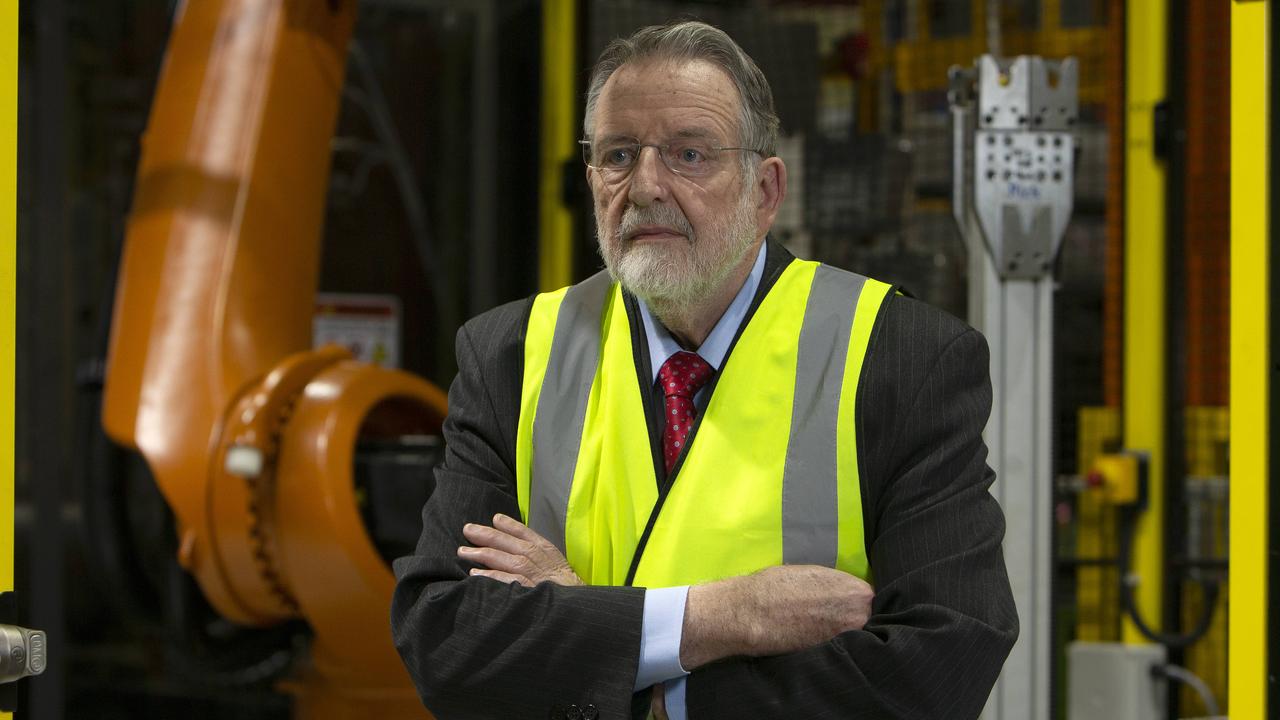End game for Uber, and for Lyft, is presumably to replace as many drivers with self-driving vehicles
THERE are a couple of good arguments to allow ride-sharing services like Uber and Lyft to operate in South Australia, but long-term job creation is probably not one of them.

SA Business
Don't miss out on the headlines from SA Business. Followed categories will be added to My News.
THERE are a couple of good arguments to allow ride-sharing services like Uber and Lyft to operate in South Australia, but long-term job creation is probably not one of them.
I recently spent a number of weeks in the US and the service which Uber provided was excellent. The ability to hail a car immediately, track its progress towards me, and pay seamlessly via my credit card was great.
I didn’t have to figure out which taxi service to use in each new city, and the service was generally very good, motivated by Uber’s driver rating system. The exception was one driver whose car smelled overpoweringly of marijuana, but hey, it was California.
In the larger cities you can use UberPool, ride-sharing with other customers and so further reducing your fare. From a consumer point of view, it’s great.
And with millions of Uber users worldwide — the company claims more than one million in Australia alone — there is a reputational risk in not allowing the service and its competitors to operate.
Travellers who fire up their Uber app in Adelaide only to find a modest number of Uber Black (the premium service) cars servicing the city might wonder what sort of backwater they’ve wandered into.
But Uber’s job creation claims must be taken with a grain of salt, and over the longer term the move towards self-driving vehicles could wipe out many of the “jobs” the company claims to have created.
In August, Uber Australia said it had created 15,000 of the 20,000 jobs it was aiming to create last year. But this is not “net” job creation. Uber itself says that many of its drivers are part-time or work on the platform on a part-time basis.
“Many uberX driver-partners use the platform as a temporary source of income to help achieve short-term financial goals,’’ the company said in August.
So many of the jobs it creates are part time, and for each two or three of these it creates, it’s fair to assume a job in the taxi industry is destroyed.
That’s a shame, but the reality is the writing is on the wall for the traditional taxi industry over the longer term. But it’s the same for many of the people who will fill all of the new “jobs” Uber says it will create around the globe by being allowed to operate.
The end game for Uber, and for Lyft, is presumably to get rid of as many drivers as they can, replacing them with self-driving vehicles.
Just last week General Motors announced it was investing $US500 million in Lyft and the two companies would team up to develop a fleet of autonomous vehicles.
Uber over the past year or so has reportedly poached 40 robotics researchers from Carnegie Mellon University, which it also collaborates with, to have them work on self-driving car technology.
There have also been rumours the company wanted to buy every single one of the possible 500,000 self-driving cars Tesla was aiming to build by 2020.
Why? Uber chief executive Travis Kalanick spelled it out more than a year ago.
“The reason Uber could be expensive is because you’re not just paying for the car — you’re paying for the other dude in the car,’’ he told a technology conference in California. “When there’s no other dude in the car, the cost of taking an Uber anywhere becomes cheaper than owning a vehicle.”
Mr Kalanick knows that if Uber doesn’t do it somebody will, and he’s positioning his company to be the one which benefits from the global shift to driverless cars, whether it takes another five, 10 or 15 years.
“Are we going to be part of the future?” he asked at another recent conference in the US. “Or are we going to resist the future, like that taxi industry before us?’’
The benefits of autonomous vehicles could be enormous. Large swathes of the community might never need to own a car. Parking in our major cities could become a non-issue with cars able to drive themselves home or park themselves nearby. And there is massive potential for reductions in injuries on our roads.
But many of the jobs created by the current disruption to the traditional taxi industry are sure to be casualties of this next wave of innovation also.
cameron.england@news.com.au


